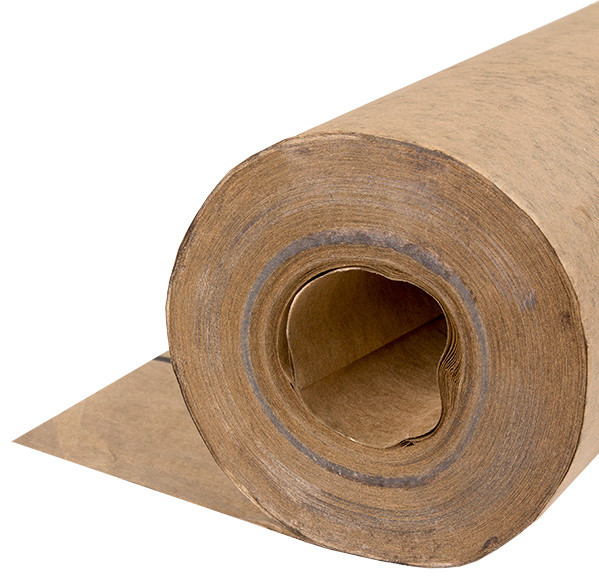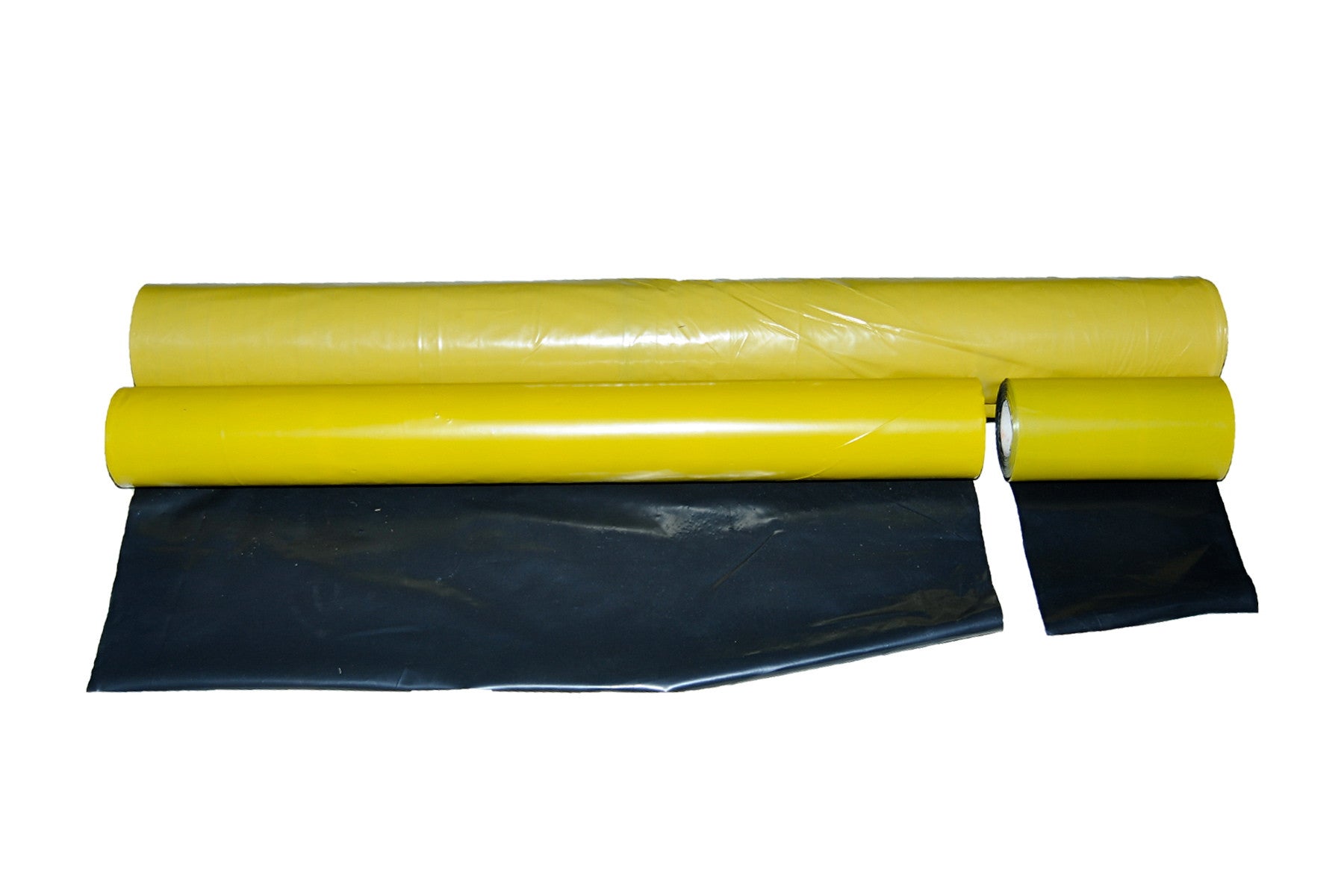
The small areas are hot spots for moisture in humid climates.
VAPOR BARRIER UNDERLAYMENT INSTALL
One of the most common places to install a barrier is a crawl space. Installing A Moisture Barrier In A Crawl Space Each edge of the floor must be covered so you may have to wait until after you lay the floor to get a close cut. Then, seal each seam with moisture resistant tape to create a secure hold.įinally, cut around the edges of the barrier either before or after laying the flooring. You should also overlap each row with the next one so there isn’t a chance of anything leaking between them. Make sure you lay it out with a few extra inches on both sides. You can start by rolling the moisture barrier onto the floor. Installing a moisture barrier under your new floor may be necessary, especially if it’s concrete. Installing A Moisture Barrier Under Flooring Whether it is under a floor or in a crawl space. There are two main ways to install a vapor barrier and it all depends on where you’re installing it. They’re made with materials like gypsum board, fiberglass insulation, board lumber, concrete block, brick, and 15-pound asphalt coated paper. It doesn’t work as a barrier but instead allows moisture to pass through. Class III – The vapor barriers are permeable, making them the lowest forms of moisture barriers.Class II materials include unfaced expanded or extruded polystyrene, 30-pound asphalt coated paper, plywood, and bitumen coated kraft paper. Class II – The barriers are semi-permeable.It includes glass, sheet metal, polyethylene sheets, and rubber. It’s also the strongest vapor barrier class. Class I -This is the highest barrier class because it is impermeable.Moisture barriers come in three classes and are graded based on their materials. Once this is achieved, your home will be energy-efficient and you’ll save money. You won’t need as much air if you have less humidity. The best way to reduce indoor humidity is to prevent moisture. With bathrooms and kitchens, you should be concerned with exterior moisture entering from above. Protect wood or mold-susceptible materials with a moisture barrier. Moldy wood can affect your health while rotting wood can collapse when it loses structural integrity.

If moisture gets in wood and other materials, it may rot and mold. One of the reasons that basements need a barrier is because they have concrete floors. If you are laying the floor over them a barrier between the concrete floor and top floor is necessary to prevent leakage and build up that could harm the floors above. A moisture barrier is necessary on walls, ceilings, and floors. The spaces have a lot of natural moisture buildup. Moisture AreasĪ moisture barrier or vapor barrier is recommended in crawl spaces and basements. Most experts recommend moisture barriers in climates where the possibility of moisture entering a home due to weather is high. Also, if you live in a humid environment, a barrier will be necessary.ĭry or mild climates won’t need a moisture barrier. Climate IssuesĪ moisture barrier is a must if you live in a cold climate where it often snows, the snow will melt, and water will get inside your home.

Termites break down wood and can cause a home to collapse. Termites are the biggest threat to your home. Here are all of the reasons you should install a moisture barrier: Termite And Pest Prevention It is a type of insulator for your home. The catch is that sometimes the two functions can overlap.Īir is harder to block than moisture, yet hybrid insulators block both air and moisture. What Is An Air Barrier?Īn air barrier prevents air from passing through walls, floors, and ceilings. However, a moisture barrier blocks all liquids. Vapor barriers also safeguard against gas.

However, a moisture barrier guards against moisture, which is a combination of water and vapor. However, the barriers aren’t the same.Ī vapor barrier blocks water. It’s also known as a water barrier or vapor barrier. What Is A Moisture Barrier?Ī moisture barrier blocks moisture.
VAPOR BARRIER UNDERLAYMENT HOW TO
If you don’t know how to install a moisture barrier, you might want to learn. Protecting your home from water vapor can be the difference in it lasting ten years or a hundred. You want to keep moisture under control and out of your home. If you don’t prevent moisture build up in your home, major problems will arise. A moisture barrier offers more protection than you might think.


 0 kommentar(er)
0 kommentar(er)
